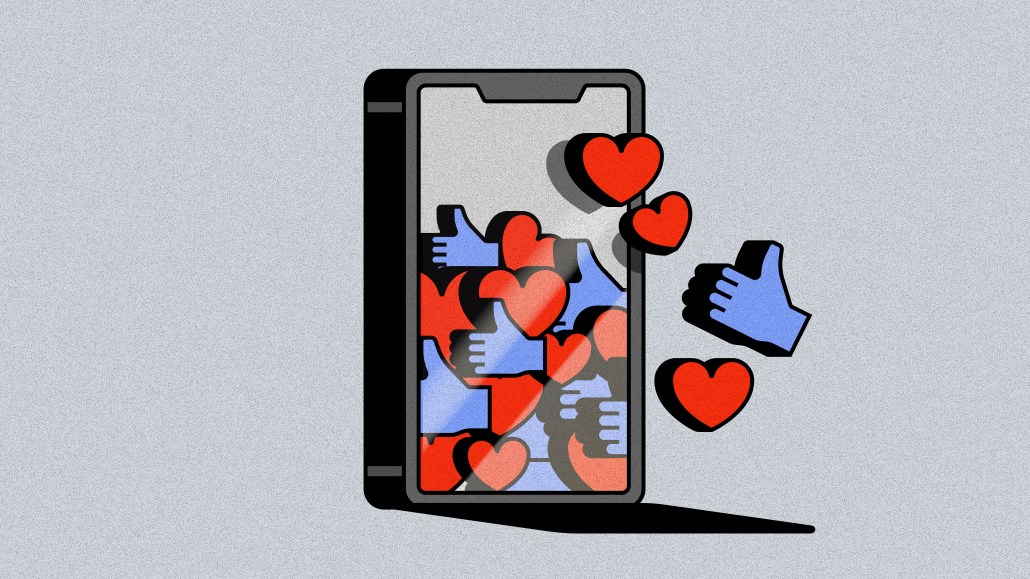How the owners of that ‘Dumb Ways to Die’ jingle are benefitting from its TikTok virality

In 2012, Metro Trains — the public transit operator in Melbourne, Australia — created “Dumb Ways to Die,” a popular public safety campaign that spawned a series of tie-in mobile games. Over a decade later, the campaign’s jingle is massively viral on TikTok — and its current owner, the mobile game studio PlaySide, is taking advantage.
“Dumb Ways to Die” began as a morbidly cute music video featuring cartoon characters accidentally killing themselves in a myriad of unusual ways. In 2013, Metro published a “Dumb Ways to Die” iOS game to take advantage of the campaign’s popularity. PlaySide has helped develop sequels such as “Dumb Ways to Draw” and “Dumb Ways to Dash” since 2018, and in 2021, the company acquired the rights to the game series.
This isn’t the first time “Dumb Ways to Die” has gone re-viral in the years since its inception, but this is shaping up to be its biggest viral moment yet. After a TikTok user created a video template using the campaign’s titular song in late January, online searches for the phrase “Dumb Ways to Die” increased tenfold, according to Google Trends. Influencers and celebrities such as Coco Gauff and Olivia Dunn quickly jumped on board the trend.
To learn how PlaySide is taking advantage of this unexpected viral moment, Digiday contacted the company’s general manager, Danny Armstrong, for an annotated Q&A.
This conversation has been edited and condensed for length and clarity.
On the role of nostalgia in marketing mobile games

Armstrong: “There’s just something about this title, and especially what I classify as evergreen titles, where it’s been a game that’s been around for a long time now, like 10 years or so. And it’s kind of fostered this audience from kids who are now in the TikTok generation, and it’s mostly a nostalgia element to them. The amount of organic downloads that we saw, just from the YouTube video itself, was just insane. You can see people commenting, ‘Oh, my childhood — I love this game.’”

Digiday: At this point, smartphones have been around for nearly 20 years, so it’s not surprising that members of Gen Z and younger are beginning to feel nostalgic for the mobile games of their youths. Nostalgia is a key driver of successful creative work in the mobile gaming industry, according to AppLovin’s Creative Trends Report 2023 — so marketers might be wise to expand their definition of nostalgia to include games and trends that only feel old to people who aren’t, well, old.
On the impact of the ‘Dumb Ways’ viral moment on mobile app installs

Armstrong: “We’ve seen a significant increase in downloads. Of course, we’re number one in the U.S. in games, and we’ve been there since Friday last week — which is insane. I was actually looking back at ‘Subway Surfer,’ since it had a similar trend a year or so ago. And it’s still there. It’s been there for so long.
To get to number one on the charts, you need a significant amount of installs. Not only that, obviously, across TikTok, tens of thousands of videos and hundreds of millions of views are all going to come together to obviously increase the uninstalls. And when one goes up, the other goes up, so “Dumb Ways 2” is No. 35 on the U.S. charts, and some of the less popular games are also trending as well.”

Digiday: Armstrong declined to share specific install numbers with Digiday, but it’s hard to deny the effect of the “Dumb Ways to Die” viral moment in propelling a 10-year-old mobile game to the top of the leaderboards. Armstrong described the phenomenon as a “portfolio effect,” anticipating that the popularity of “Dumb Ways” would help boost installs for PlaySide’s future offerings as well. He also said that the explosion of popularity led to an increase in “Dumb Ways to Die” merchandise sales, though he declined to share a specific figure to show this growth.
On the viral moment’s impact on PlaySide’s current marketing strategy

Armstrong: “We just knew exactly what we needed to do. It was like, ‘Right, the trend is going big. We’ve got like 1.6 million followers on TikTok already. Let’s get on it and just keep pumping out content.’”

Digiday: PlaySide didn’t rest on its laurels once “Dumb Ways to Die” went re-viral — the company launched into action, posting a deluge of duets highlighting the most interesting and unusual examples of the trend. The TikToks, which feature the cartoon characters from the original “Dumb Ways” video, are sometimes violent and often uncomfortable to watch — but the rapid growth of the official “Dumb Ways” account demonstrates the strength of so-called “unhinged content” on TikTok. Since “Dumb Ways” went re-viral, its TikTok following has grown by over one million.
On the potential brand safety risks of the “Dumb Ways to Die” TikTok trend

Armstrong: “I’m going to take it a step back to say why it was initially made — it is a PSA. It was a PSA to use some form of shock factor to tell people to be safe, because it’s important to be safe, and we still stand by that point. It is still a PSA, it always has been, and it’s something that we want to keep making sure that we follow.”

Digiday: Many of the popular “Dumb Ways to Die” videos on TikTok are hilarious, and most of them are harmless — but at least some appear to show their subjects genuinely injuring themselves in the pursuit of viral fame. It’s not the first time a viral trend has come with potentially risky downsides; the “cinnamon challenge,” for example, landed many children in the hospital over the years.
Armstrong’s answer to this question shows his awareness of the potential brand safety risks that come with a game being associated with violence or danger. These days, even wildly popular games such as “Call of Duty” have started to draw fire for their association with warfare and gun violence — so it makes sense that the creators “Dumb Ways to Die” would want to prioritize its origins as a public safety announcement, not a potentially dangerous TikTok trend.
More in Marketing

Zero-click search is changing how small brands show up online — and spend
To appease the AI powers that be, brands are prioritizing things like blogs, brand content and landing pages.

More creators, less money: Creator economy expansion leaves mid-tier creators behind
As brands get pickier and budgets tighten, mid-tier creators are finding fewer deals in the booming influencer economy.

‘Still not a top tier ad platform’: Advertisers on Linda Yaccarino’s departure as CEO of X
Linda Yaccarino — the CEO who was never really in charge.








